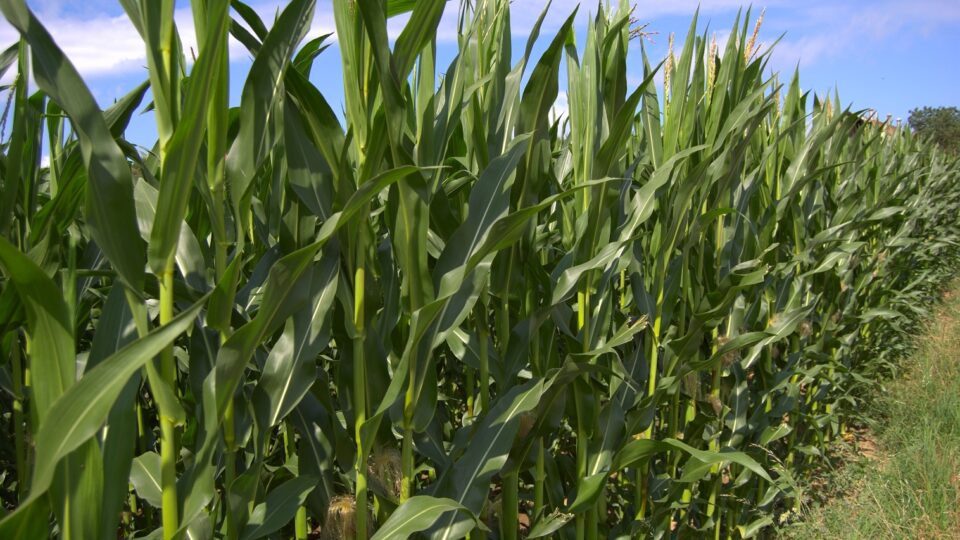Several different clean technology trends may come together on farms across the country where wind turbines could power devices that produce green ammonia for fertilizer and zero emission fuel.
Distributed wind is a kind of renewable energy that doesn’t get much attention. It refers to turbines that are used to generate electricity for on-site use, as for a factory or a farm. It typically involves smaller turbines than the behemoths that are used in giant wind farms.
Installing a wind turbine or two on a farm could be quite valuable if the electricity generated could be used to make green ammonia. Such an application would eliminate the problem of “stranded wind”, which is when a location has lots of wind but lacks access to the electricity transmission infrastructure.
If farmers could utilize wind energy to produce ammonia, they could make their own fertilizer as well as fuel and get relief from price spikes and uncertainties in the commodities market. Of course, they would also make use of the electricity they generate on site.
Most ammonia is produced using a proven technology called the Haber-Bosch process. Ammonia contains only nitrogen and hydrogen, both of which can be extracted from the air. The trick is how to do it efficiently using renewable electricity. The Department of Energy has a program called the REFUEL Initiative, which aims at deploying renewable energy to produce ammonia. The University of Minnesota, among other places, has multiple programs dedicated to green ammonia technology.
There is encouraging progress being made that may ultimately result in a common sight of wind turbines on farms producing fertilizer, fuel, and electricity.
**********
Web Links
The Renewable Energy Cows Come Home, Now With Green Ammonia
Photo, posted July 15, 2009, courtesy of Daniel_Bauer via Flickr.
Earth Wise is a production of WAMC Northeast Public Radio.
